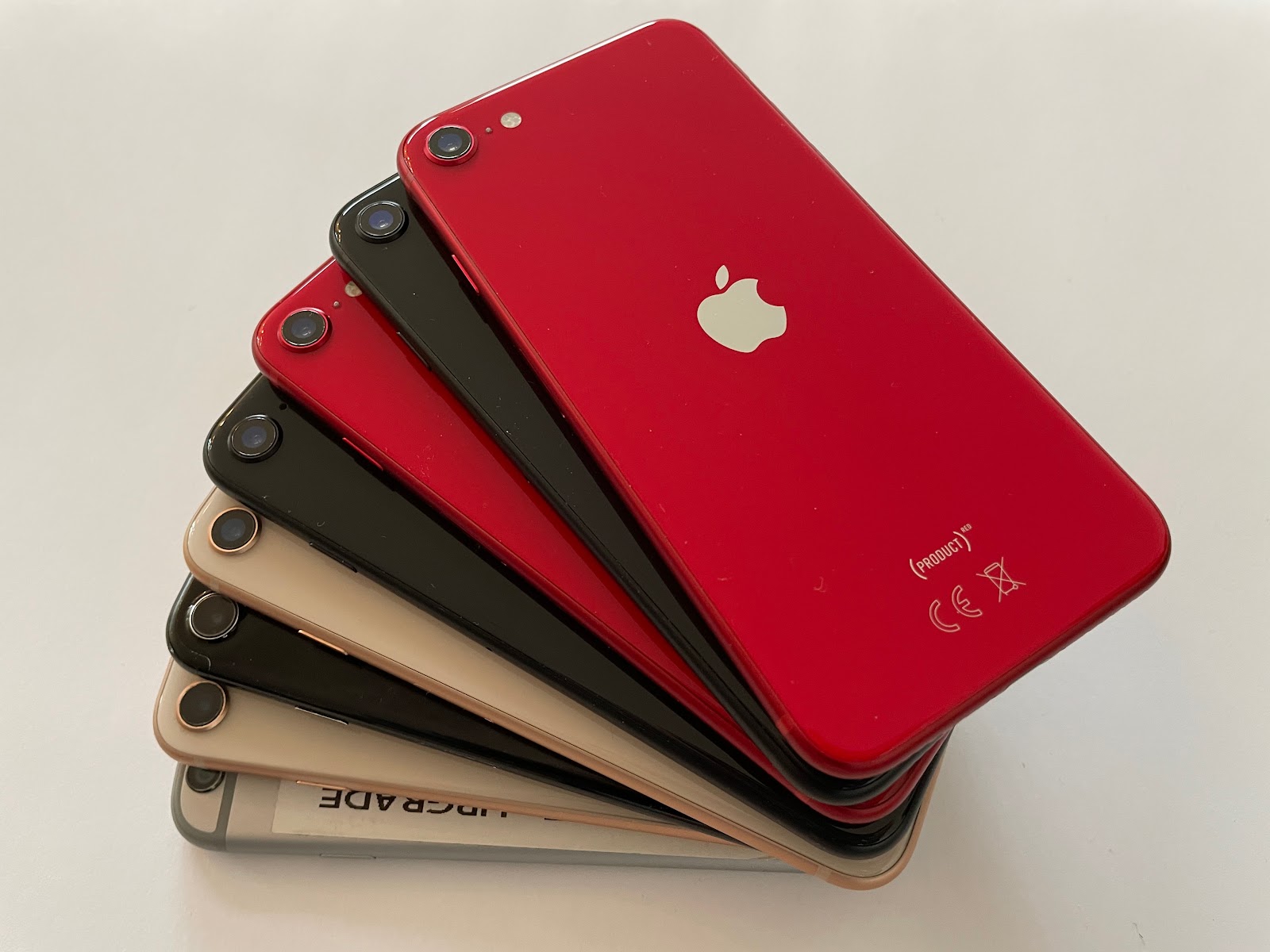Reverse Engineering iOS 18 Inactivity Reboot

Reverse Engineering iOS 18 Inactivity Reboot iOS 18 introduced a new inactivity reboot security feature. What does it protect from and how does it work? This blog post covers all the details down to a kernel extension and the Secure Enclave Processor. Security Before First Unlock / After First Unlock Did you know that entering your passcode for the first time after your phone starts is something very different then entering it later on to unlock your phone? When initially entering your passcode, this unlocks a key store in the Secure Enclave Processor (SEP) that encrypts your data on an iPhone. The state before entering your passcode for the first time is also called Before First Unlock (BFU). Due to the encrypted user data, your iPhone behaves slightly differently to later unlocks. You'll see that Face ID and Touch ID won't work and that the passcode is required. But there's more subtle things you might notice: Since Wi-Fi passwords are encrypted, your iPhone won't co...
